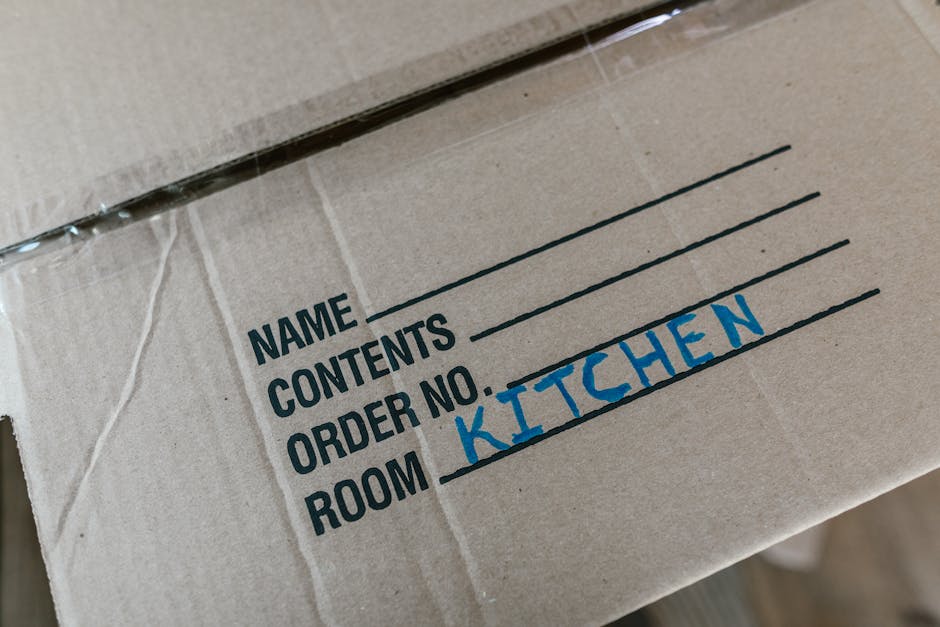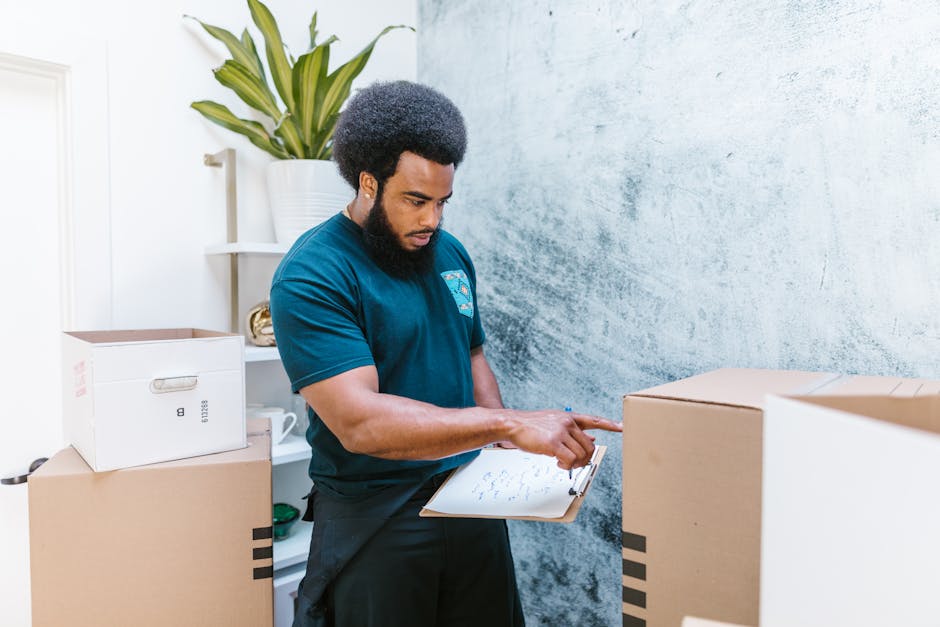Best Practices for Managing Inventory in Restaurants
Welcome to the heart of a restaurant’s operations – the inventory management system. While great food, exceptional service, and a welcoming ambiance play crucial roles in a restaurant’s success, efficient inventory management is the backbone that keeps everything running smoothly. In this article, we will delve into the best practices for managing inventory in restaurants, exploring the strategies, tools, and techniques that can help restaurant owners and managers optimize their operations, reduce costs, and maximize profits.
The Importance of Inventory Management

Inventory management is a critical aspect of running a successful restaurant. It involves overseeing the flow of goods from suppliers to the kitchen to the table, tracking stock levels, minimizing waste, and ensuring that the right ingredients are always available when needed. Effective inventory management can help restaurants:
- Reduce food waste and spoilage
- Prevent stockouts and delays in service
- Control costs and improve profitability
- Optimize menu planning and pricing
Now, let’s explore the best practices that can help restaurants achieve these goals.
Implementing a Digital Inventory Management System

Gone are the days of manual inventory tracking on spreadsheets. Today, restaurant owners can leverage advanced digital inventory management systems to streamline their operations. These systems allow for real-time tracking of stock levels, automatic reordering of supplies, and data analysis to identify trends and optimize inventory levels. By implementing a digital inventory management system, restaurants can:
- Improve accuracy and reduce human errors
- Save time on inventory counts and ordering
- Gain insights into consumption patterns and demand forecasting
Case Study: ABC Restaurant saw a 20% reduction in food costs after implementing a digital inventory management system that helped them track their inventory levels more efficiently.
Setting Par Levels and Reorder Points

Setting par levels and reorder points is essential for maintaining optimal inventory levels in a restaurant. Par levels refer to the minimum quantity of each item that should be on hand at all times, while reorder points indicate when it’s time to order more supplies. By establishing par levels and reorder points based on historical data and consumption patterns, restaurants can:
- Prevent stockouts and delays in service
- Minimize overstocking and reduce waste
- Ensure that popular items are always available
Real-Life Example: XYZ Restaurant set par levels and reorder points for their key ingredients, resulting in a 30% reduction in food waste and improved customer satisfaction.
Regular Inventory Audits and Inspections

Regular inventory audits and inspections are essential for maintaining accuracy and identifying discrepancies in stock levels. By conducting physical counts of inventory, cross-referencing them with the digital records, and investigating any discrepancies, restaurants can:
- Detect theft, pilferage, and other forms of shrinkage
- Identify inefficiencies in storage and handling
- Ensure compliance with food safety regulations
Case Study: DEF Restaurant conducted monthly inventory audits and inspections, leading to a 15% reduction in shrinkage and improved inventory accuracy.
Vendor Management and Negotiation
Effective vendor management and negotiation are crucial for securing the best prices, terms, and quality of supplies for a restaurant. By building strong relationships with vendors, comparing prices, and negotiating favorable contracts, restaurants can:
- Lower procurement costs and increase profit margins
- Ensure timely delivery of high-quality ingredients
- Stay informed about market trends and new products
Real-Life Example: GHI Restaurant reduced their food costs by 10% by negotiating better prices with their suppliers and switching to more cost-effective alternatives.
Menu Engineering and Analysis
Menu engineering involves analyzing the profitability and popularity of menu items to optimize pricing, portion sizes, and ingredient costs. By identifying high-margin items, promoting them strategically, and adjusting menu offerings based on customer preferences, restaurants can:
- Maximize revenue and profitability
- Reduce food costs and waste
- Enhance the overall dining experience for customers
Case Study: JKL Restaurant restructured their menu based on menu engineering analysis, resulting in a 25% increase in profitability and improved customer satisfaction.
Employee Training and Accountability
Employee training and accountability play a crucial role in maintaining efficient inventory management practices in a restaurant. By providing comprehensive training on inventory procedures, encouraging employee accountability, and implementing systems for tracking performance, restaurants can:
- Minimize errors and discrepancies in inventory counts
- Boost staff productivity and morale
- Foster a culture of responsibility and teamwork
Real-Life Example: MNO Restaurant implemented regular training sessions on inventory management for their staff, resulting in a 50% reduction in stock discrepancies and improved operational efficiency.
Common Misconceptions
One common misconception about inventory management in restaurants is that it is a one-time task that can be handled manually. In reality, inventory management is an ongoing process that requires continuous monitoring, analysis, and adjustment. Another misconception is that investing in digital inventory management systems is too costly for small restaurants. However, there are affordable options available that can be tailored to the specific needs and budget of a restaurant.
Conclusion
To wrap things up, effective inventory management is essential for the success of any restaurant. By implementing best practices such as using digital inventory management systems, setting par levels and reorder points, conducting regular audits, managing vendors effectively, analyzing menu engineering, and investing in employee training, restaurants can optimize their operations, reduce costs, and improve profitability. By focusing on efficient inventory management, restaurants can ensure that they have the right ingredients at the right time, minimize waste, and provide exceptional dining experiences for their customers.
Remember, a well-managed inventory is more than just a list of ingredients it’s a key ingredient in the recipe for restaurant success.




